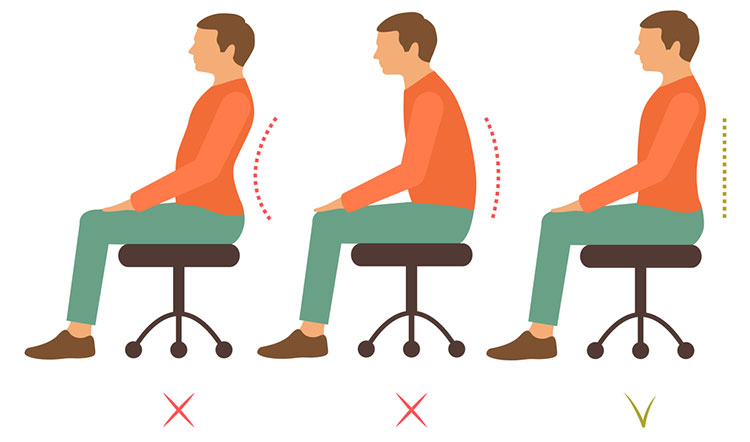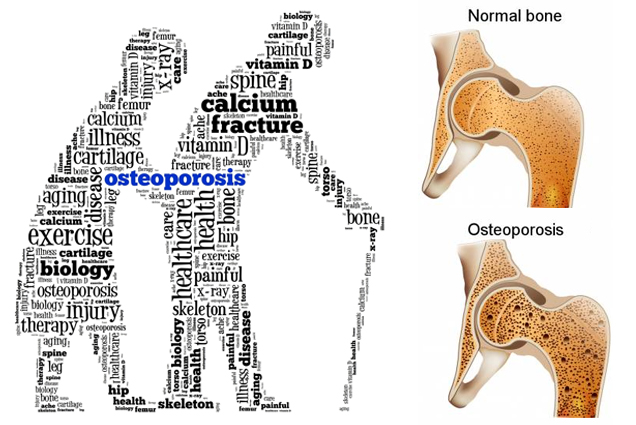The orthopedic problems are the most common problems worldwide which limit one’s ability to live a free and active life. Bone and joint conditions are among the most common conditions of severe long-term pain and physical disability.
Here are 5 simple tips to improve your orthopedic health for life.
1. Stay Active

Daily exercise is one of the most important ways to maintain healthy bones and joints. The idea behind developing strong bones and joints is to start slow and follow a routine that works for you. It doesn’t matter whether you are trying to implement an active lifestyle or trying to strengthen an already fragile skeleton system go with your own stamina and pace. Forcing things beyond your limit can put extra stress on your skeleton system.
Strengthen – Avoid high-impact forms of exercise at first that may cause stress to your bones and joints. Instead of that, try taking a brisk walk or using hand-held weights or stretch bands to build strength and resistance.
Stretch – Before and after exercising, take five minutes to stretch your leg, back, and arm muscles to put them at ease and make the transition easy. Building your flexibility is important to maintaining a wide range of mobility while avoiding injury and developing better balance.
Cool Down – Before you end your workout, ease into a cool down exercise, such as a light jog, to prevent injury and unnecessary tightness or soreness that causes after the workout.
2. Eat Right

A healthy diet and right amount of exercise go hand in hand in promoting healthy bones and joints. You should always try to include nutritional foods for each meal in order to maintain a balanced diet and this should be intentional. Make sure you are getting enough of the following nutrients to keep your orthopedic health on track:
Calcium – A mineral necessary for bone formation, calcium-rich foods such as milk products are important for building strong orthopedic health.
Vitamin D – Few foods, besides fatty fish, dairy products and egg yolk, contain high amounts of vitamin D, so getting a safe amount of sunlight can be a good source.
Supplements – If you are unable to get the right amount of calcium or vitamin D in your diet, taking a supplement is recommended. However, it is important to note that a “supplement” does not translate to a perfect “substitute.”
3. Gear Up

Don’t let fashion get in the way of your healthy bones. The clothing we wear can make or break our bone and joint health, so haveing a proper attire can be an easy way to work towards a pain-free life. Instead of wearing high heels, which throw the body out of its natural shape and position, look for shoes that provide comfort and support while walking or standing. Make sure your feet have plenty of room within the shoe to avoid cramping and deforming. One should wear comfortable loose fitting clothes to aid proper blood circulation and flexibility of muscles.
4. Develop Healthy Habits
 Developing healthy habits is essential for long-term orthopedic health. Practice good posture by always keeping both feet on the ground to distribute weight evenly as well as pulling your shoulders back to straighten out your spine. Avoid putting stress on your back and shoulders by carrying lighter loads, evening out your backpack straps or using a suitcase with wheels. When sleeping, use supportive pillows and choose a position that complements the natural curvature of the spine.
Developing healthy habits is essential for long-term orthopedic health. Practice good posture by always keeping both feet on the ground to distribute weight evenly as well as pulling your shoulders back to straighten out your spine. Avoid putting stress on your back and shoulders by carrying lighter loads, evening out your backpack straps or using a suitcase with wheels. When sleeping, use supportive pillows and choose a position that complements the natural curvature of the spine.
5. Practice Precaution
Taking precautionary measures is essential when it comes to your bone and joint health. If you notice any changes in your orthopedic health, make sure you take action before it is too late.
Ice the area to reduce swelling
Wrap the area to compress and keep in place
Elevate the area to encourage blood flow
If the bone or joint continues to weaken or the pain refuses to stop, it is important to seek medical attention right away.



